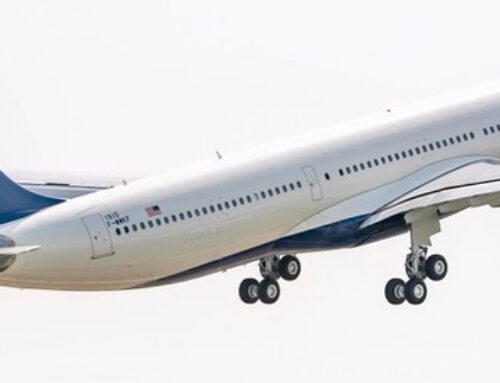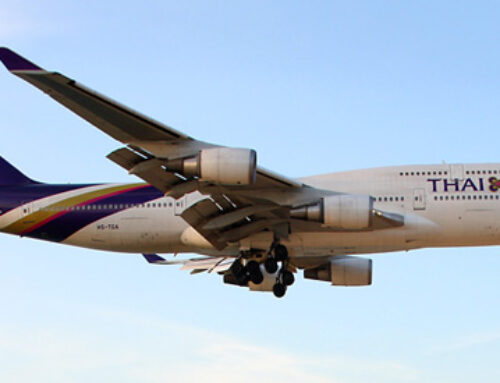
In response to concerns about air traffic controller exhaustion and its potential impact on safety, the Federal Aviation Administration (FAA) has announced new regulations aimed at addressing fatigue among controllers.
- Enhanced Rest Requirements: The FAA directive mandates an increase in mandatory rest periods for air traffic controllers. Controllers will now be required to have a minimum of 10 hours of rest between shifts, with 12 hours of rest mandated before commencing a midnight shift. These changes aim to reduce the risks associated with fatigue-related errors during critical air traffic control operations.
- Expert Panel Report: The FAA’s decision follows the release of a comprehensive 114-page report from an expert panel tasked with evaluating the risks posed by controller fatigue. The report highlighted the urgent need for measures to address fatigue-related issues and enhance safety within the airspace.
- Industry Concerns: While the FAA’s initiative is aimed at improving safety, concerns have been raised about its potential impact on air traffic control operations. The National Air Traffic Controllers Association, representing controllers’ interests, has expressed apprehension about the immediate implementation of the new rules. The union emphasizes the importance of considering potential staffing implications and avoiding coverage gaps in air traffic facilities.
- Recent Incidents: The FAA’s move comes in the wake of several recent incidents involving potential air traffic controller errors, underscoring the critical importance of addressing fatigue-related issues. Instances of controllers clearing aircraft to cross active runways, leading to near-miss situations, have raised alarm bells within the aviation community.
- Ongoing Oversight: Both the FAA and the National Transportation Safety Board (NTSB) are actively investigating recent incidents to identify contributing factors and prevent future occurrences. The NTSB has opened investigations into incidents at Ronald Reagan National Airport and Kennedy International Airport, highlighting the seriousness with which such incidents are being treated.
As the FAA works to implement these new regulations, collaboration with industry stakeholders will be crucial to ensure a smooth transition while maintaining optimal safety standards. By prioritizing controller well-being and adherence to stringent rest requirements, the FAA aims to uphold the integrity of the U.S. air travel system and enhance overall safety for passengers and aviation personnel alike.
Sources: AirGuide Business airguide.info, bing.com, nytimes.com







